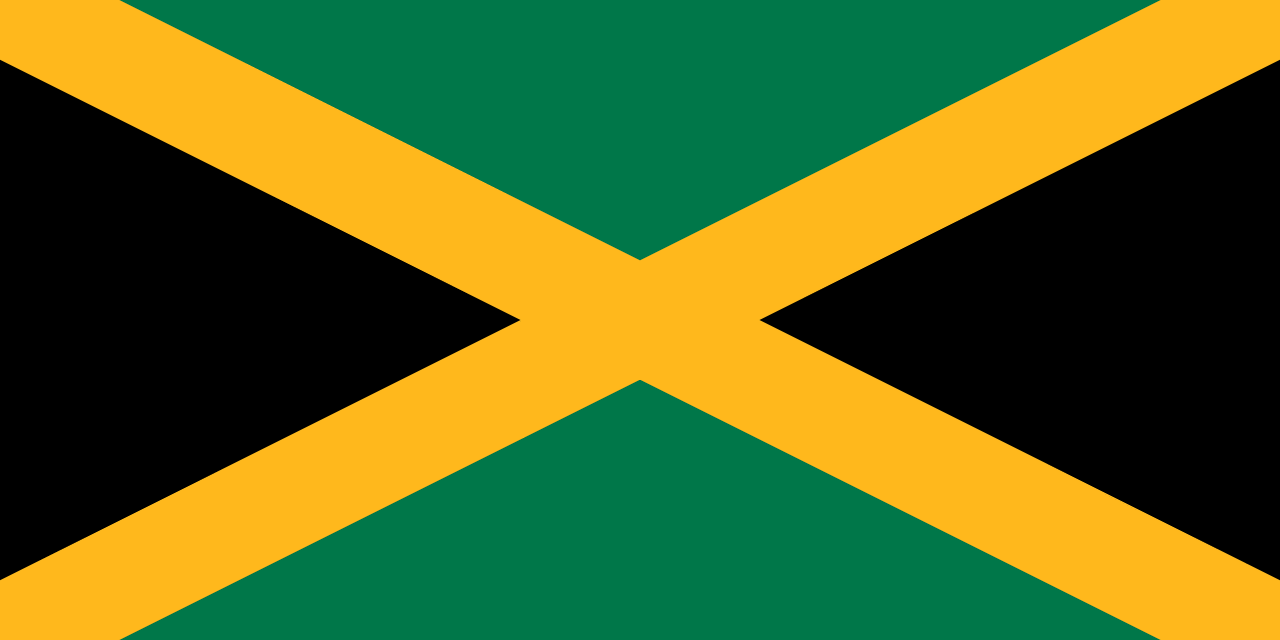The flag of Jersey features a red saltire (diagonal cross) on a white field, with a yellow Plantagenet crown in the upper quadrant nearest to the flagpole. This distinctive design encapsulates Jersey's unique historical and political status as a British Crown Dependency with strong ties to its Norman heritage.
Jersey information
| National Flag Day | — |
| Sovereign state | — |
| Official name | Bailiwick of Jersey |
| Capital | Saint Helier |
| Population | 98,069 |
| Area | 116 km² |
| Currency | Pound sterling (GBP) |
| Language | English, French, Jèrriais |
| Continent | Europe |
| Region | Northwestern Europe |
| Subregion | — |
| Borders | — |
| Timezone | Greenwich Mean Time (GMT) UTC+0 |
| Calling code | +44 |
| Top-level domain | .je |
History of the Jersey flag
 The current flag of Jersey was officially adopted on June 12, 1979, following approval by Queen Elizabeth II. However, its design elements have much deeper historical roots. The red saltire has been associated with Jersey since medieval times, reflecting the island's historical connection to the Duchy of Normandy. The addition of the Plantagenet crown was a more recent modification, emphasizing Jersey's loyalty to the British Crown while maintaining its distinct identity.
The current flag of Jersey was officially adopted on June 12, 1979, following approval by Queen Elizabeth II. However, its design elements have much deeper historical roots. The red saltire has been associated with Jersey since medieval times, reflecting the island's historical connection to the Duchy of Normandy. The addition of the Plantagenet crown was a more recent modification, emphasizing Jersey's loyalty to the British Crown while maintaining its distinct identity.
Symbolism and design of the Jersey flag
Each element of the Jersey flag carries significant symbolism. The red saltire on a white field is reminiscent of the Cross of St. Patrick, though its use in Jersey predates the Irish association. This design represents Jersey's historical ties to the Duchy of Normandy and its unique position within the British Isles. The yellow Plantagenet crown in the upper quadrant symbolizes Jersey's status as a Crown Dependency and its allegiance to the British monarch. The crown's design is based on that of the Plantagenet dynasty, which ruled England from 1154 to 1485, further emphasizing Jersey's deep historical connections.
Usage and significance of the Jersey flag
 The Jersey flag serves as a powerful symbol of the island's unique identity, autonomy, and heritage. It is prominently displayed on government buildings, during national celebrations, and at cultural events. The flag plays a crucial role in representing Jersey in international forums and sporting events where it participates separately from the United Kingdom. It is a source of pride for Jersey residents, embodying their distinct culture, legal system, and political autonomy within the broader context of British Crown Dependencies.
The Jersey flag serves as a powerful symbol of the island's unique identity, autonomy, and heritage. It is prominently displayed on government buildings, during national celebrations, and at cultural events. The flag plays a crucial role in representing Jersey in international forums and sporting events where it participates separately from the United Kingdom. It is a source of pride for Jersey residents, embodying their distinct culture, legal system, and political autonomy within the broader context of British Crown Dependencies.
Interesting facts about the Jersey flag
- Jersey is not part of the United Kingdom or the European Union, but enjoys a special relationship with both, reflected in its unique flag design.
- The flag is sometimes referred to as the "Jersey Red Cross" due to its prominent red saltire.
- Prior to 1981, Jersey used the British Union Jack for most official purposes, making the adoption of its own flag a significant step in asserting its distinct identity.
- The specific shade of yellow used for the crown is often described as "gold" or "golden yellow" to distinguish it from other yellow hues.
- Jersey's flag is one of the few national or subnational flags to feature a crown, highlighting its special constitutional status.





